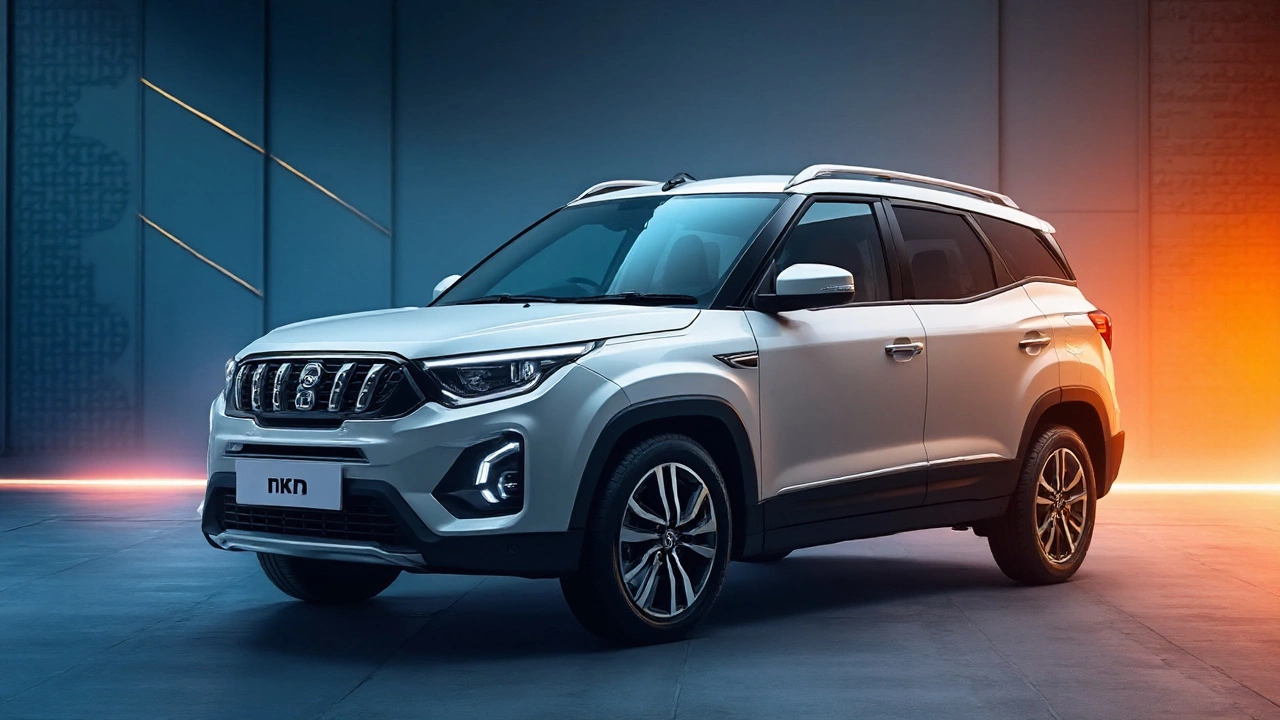Subcompact SUV: What Makes It Perfect for City Life
If you love the high driving position of an SUV but dread the bulk, a subcompact SUV is the sweet spot. It sits between a hatchback and a regular SUV, giving you room for passengers and cargo without the parking nightmares. Because it’s smaller, you’ll spend less on fuel and enjoy tighter turning circles – a real win in crowded streets.
Modern subcompact SUVs come with the latest tech, from touchscreen infotainment to advanced driver‑assist systems. You get safety features like automatic emergency braking and lane‑keep assist without paying the premium price of a full‑size model. That mix of practicality and affordability is why many first‑time buyers pick this segment.
Top 5 Subcompact SUVs in 2025
1. Hyundai Kona – The Kona nails a sporty look, a punchy turbo engine, and a long warranty. Inside, the infotainment screen is easy to use, and the cargo space folds flat for larger items.
2. Kia Seltos – With a roomy cabin and a choice of efficient four‑cylinder engines, the Seltos feels larger than it is. Its safety suite includes blind‑spot monitoring and rear cross‑traffic alert.
3. Toyota Corolla Cross – If reliability is your top concern, Corolla Cross offers a proven powertrain and excellent resale value. The hybrid variant shaves off extra fuel costs.
4. Nissan Kicks – The Kicks stands out for its low entry price and crisp handling. It packs a decent amount of standard tech, like Apple CarPlay and Android Auto.
5. Mazda CX‑30 – Mazda’s sleek styling and refined interior make the CX‑30 feel upscale. The sky‑activ-G engine delivers smooth power while staying fuel‑friendly.
How to Choose the Right Subcompact SUV
Start by listing your must‑haves. Do you need extra cargo space for sports gear? Then look for a model with a low load floor and split‑folding rear seats. If you drive mostly on highways, prioritize a powertrain that offers good highway mileage and a comfortable ride.
Next, compare safety ratings. Check the NHTSA or IIHS scores for each model and verify which advanced driver‑assist features are standard versus optional. A vehicle with front‑collision warning and automatic emergency braking as standard is a safe bet.
Don’t forget technology. Most subcompact SUVs now support Bluetooth, hands‑free calls, and smartphone integration. If a larger touchscreen matters to you, test the interface during a short drive – it should respond quickly and not distract you.
Budget is a key factor. Remember that the sticker price isn’t the whole story; consider fuel costs, insurance, and potential maintenance. Hybrid options may have a higher upfront cost but can lower long‑term fuel expenses.
Finally, take each model for a test drive. Pay attention to visibility, steering feel, and how easy it is to maneuver into tight spots. A subcompact SUV should feel nimble, not clunky.
Choosing the right subcompact SUV boils down to matching your lifestyle with the vehicle’s strengths. Whether you crave a fun‑to‑drive hatch‑like feel or need extra space for weekend trips, there’s a model that fits. Use the tips above, compare the top picks, and you’ll drive away confident you made a smart, city‑ready choice.
Mahindra XUV 3XO: Safety Tech, Big Features, and Rs 8 Lakh Start Shake Up the Subcompact SUV Game
0 Comments
Mahindra’s XUV 3XO is pushing the subcompact SUV class with Level 2 ADAS, 6 airbags as standard, and a starting price near Rs 8 lakh. It brings a panoramic sunroof, dual 10.25-inch screens, and both petrol and diesel options with manual and AISIN automatics. With strong efficiency and a feature-loaded lineup, it’s targeting rivals like Nexon, Brezza, Venue, and Sonet in India and expanding to South Africa and Australia.
Read More